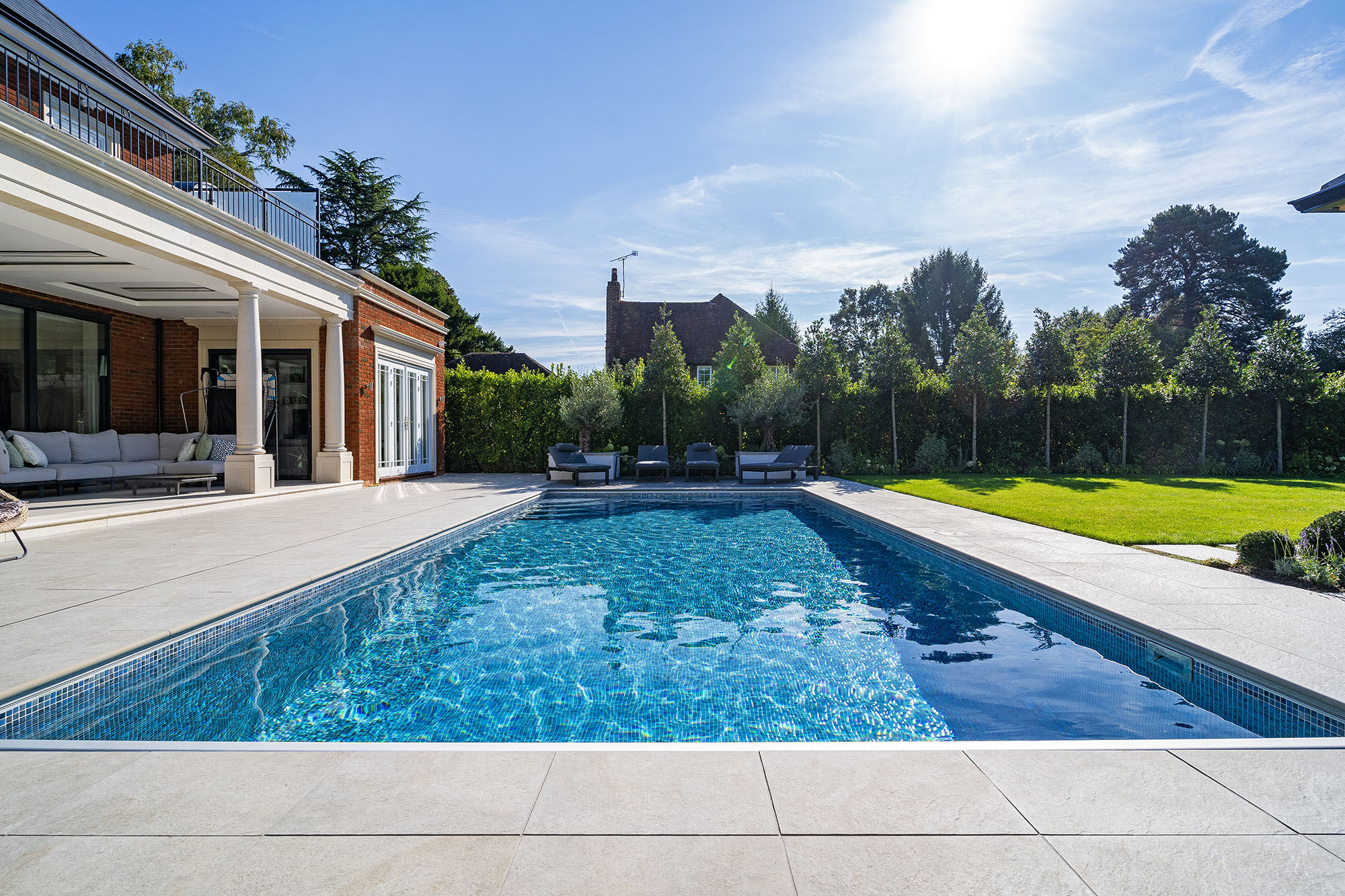
A Guide to Residential Outdoor Swimming Pool Water Filtration and Sanitation Options
When it comes to maintaining a pristine and inviting outdoor swimming pool, water filtration and sanitation are crucial components. With a variety of options available, understanding the differences and benefits can help pool owners make informed decisions for a clean, safe, and enjoyable swimming experience. We will explore the most popular filtration and sanitation methods, along with their pros and cons.
Understanding Water Filtration
Water filtration is essential for removing debris, contaminants, and impurities from pool water. Effective filtration keeps the water clear and helps prevent algae growth and other issues. Here are the main types of filtration systems:
1. AFM/Sand Filters
Sand and AFM filters are one of the most common types used in residential pools. They work by passing water through a tank filled with specially graded sand or AFM. As water flows through, dirt and debris are trapped in the sand. The wider and taller the filter, the greater capacity it will have for collecting more debris to a finer particulate size.
Pros:
- Low maintenance and easy to use.
- Durable and long-lasting.
- Cost-effective for initial installation.
Cons:
- Requires weekly backwashing.
2. Cartridge Filters
Cartridge filters use a replaceable filter element made of polyester or other materials to capture contaminants. Water is drawn through the cartridge, trapping dirt and debris.
Pros:
- Easy to install and maintain.
- More effective at filtering finer particles compared to sand filters.
- No need for backwashing, making it more environmentally friendly.
Cons:
- Filter cartridges need to be replaced periodically, which can add to long-term costs.
- Not acceptable for family sized pools. Messy to clean.
Sanitation Methods
While filtration removes debris, sanitation is crucial for eliminating harmful bacteria, viruses, and algae. Here are some popular sanitation methods:
1. Chlorine
Chlorine is the most common pool sanitizer, available in various forms such as tablets, granules, and liquid. It works by releasing chlorine into the water, which kills pathogens and prevents algae growth.
Pros:
- Highly effective and widely available.
- Cost-effective for most pool sizes.
Cons:
- Can cause skin and eye irritation if not balanced properly.
- Strong odour and can cause fading in swimsuits and pool surfaces.
2. UV
One of the primary benefits of UV lamps is their ability to effectively sanitize pool water. Unlike chemical sanitizers, which can leave behind harmful by-products, UV light targets and neutralizes pathogens directly. This leads to cleaner, clearer water and a significantly reduced risk of waterborne illnesses
Pros:
- Highly effective and widely available.
- Cost-effective for most pool sizes.
- Reduced Chemical Use
- Eco-Friendly Solution
- Improved Water Clarity
- Effective against a broad spectrum of pathogens.
Cons:
- Certified Electrician install only
- Space needed for additional pipe-work
3. Saltwater Systems
Saltwater pools use a salt chlorine generator to convert salt into chlorine, providing a more stable and consistent chlorine level. This method results in softer water that’s gentler on the skin.
Pros:
- Lower chlorine levels reduce irritation.
Automatic generation of chlorine leads to less manual maintenance.
CPU probe maintains ideal levels of chlorine
Gentle on skin, hair and eyes
Higher water viscosity for a luxe feel
Cons:
- Higher initial installation costs.
- Requires regular maintenance of the generator cell.
Conclusion
Choosing the right filtration and sanitation system for your residential outdoor swimming pool is essential for maintaining clean, safe water. Consider factors such as maintenance, costs, and your specific pool usage when making your decision. By understanding the options available, you can create an enjoyable swimming environment for family and friends while ensuring that your pool remains in top condition for years to come.
Happy swimming!
